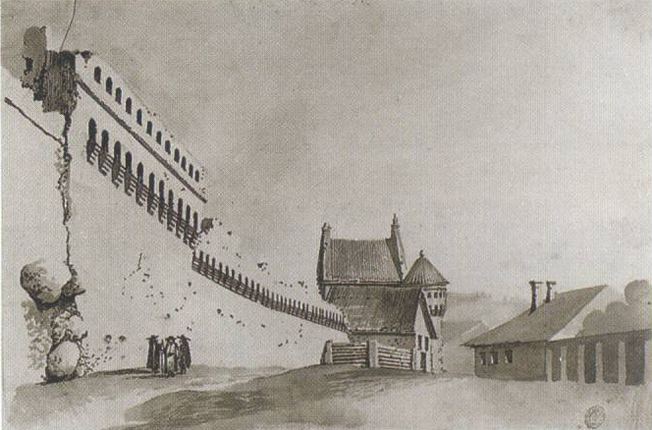 | ||
Similar Vilniaus gynybinės sienos ba, Holy Trinity Uniate Church, Senasis arsenalas, The Church of St Theresa, National Museum of Lithuania | ||
The Vilnius city wall was a defensive wall around Vilnius, capital city of the Grand Duchy of Lithuania. It was built between 1503 and 1522 for protection from the attacks by the Crimean Khanate at the beginning of the Muscovite–Lithuanian Wars. The stone and brick wall was a key element of the defensive system of Vilnius, and was paid for by the city's landowners. It contained nine gates and an artillery bastion. Some of the original constructions have survived.
An artillery bastion was built to protect the eastern side of the city. It is currently a museum of militaria from Vilnius and is under renovation.
Following the partitions of the Polish–Lithuanian Commonwealth, the Russian government ordered to tear down most of the wall and all the gates, except the Gate of Dawn. Some parts of the wall are still visible throughout the Old Town of Vilnius or are going to be restored and displayed.
